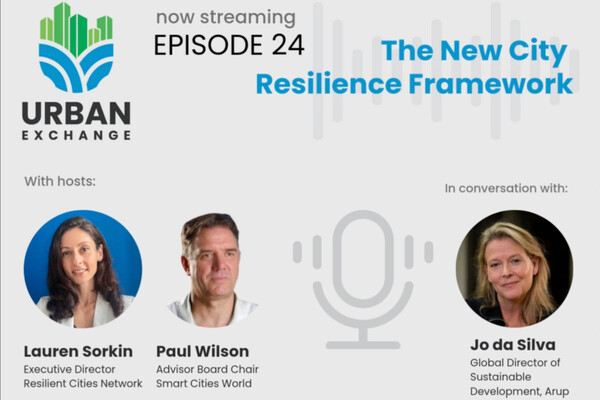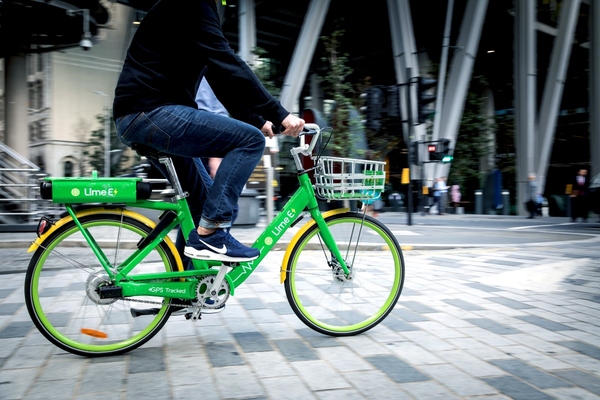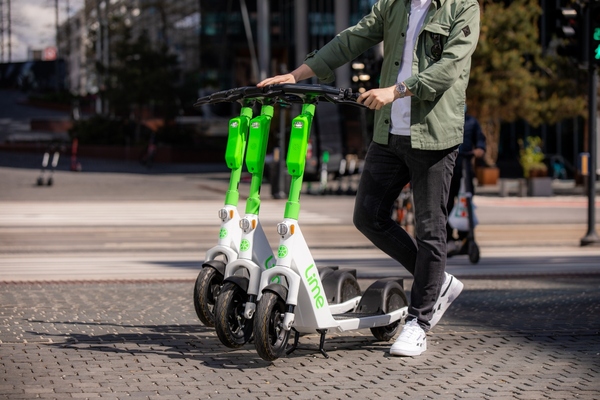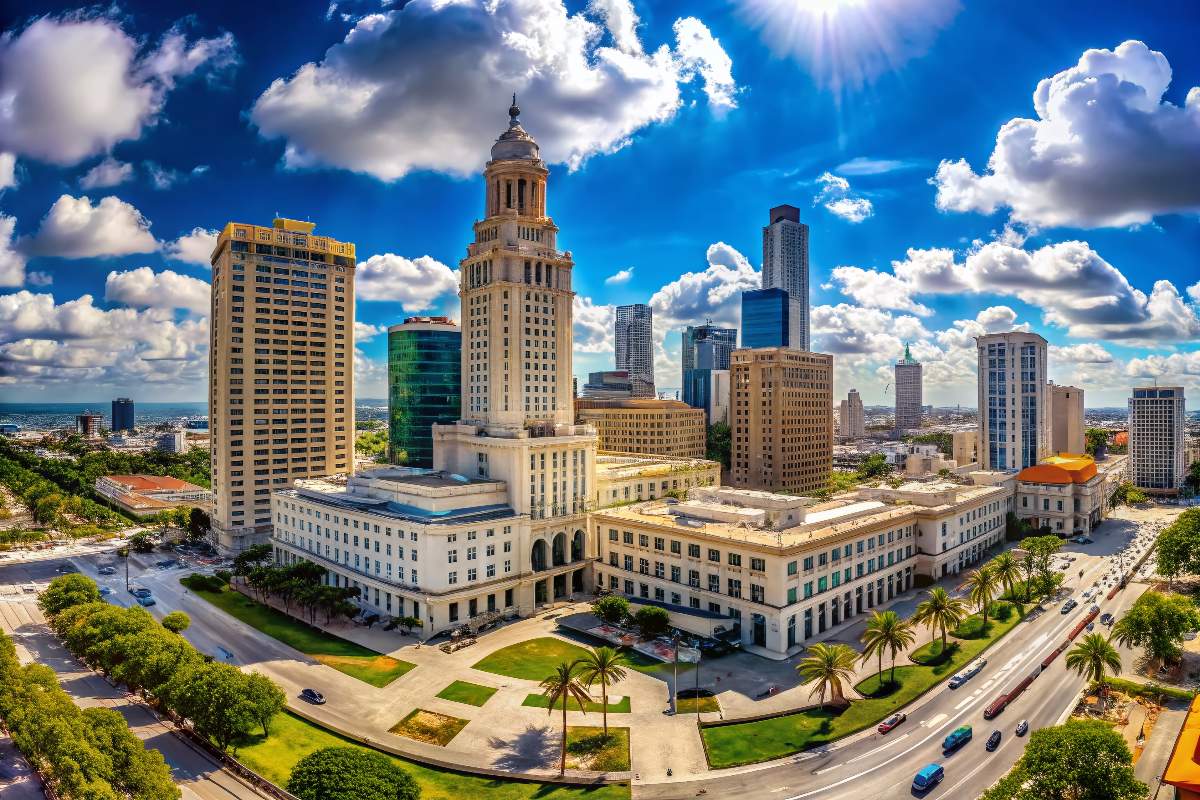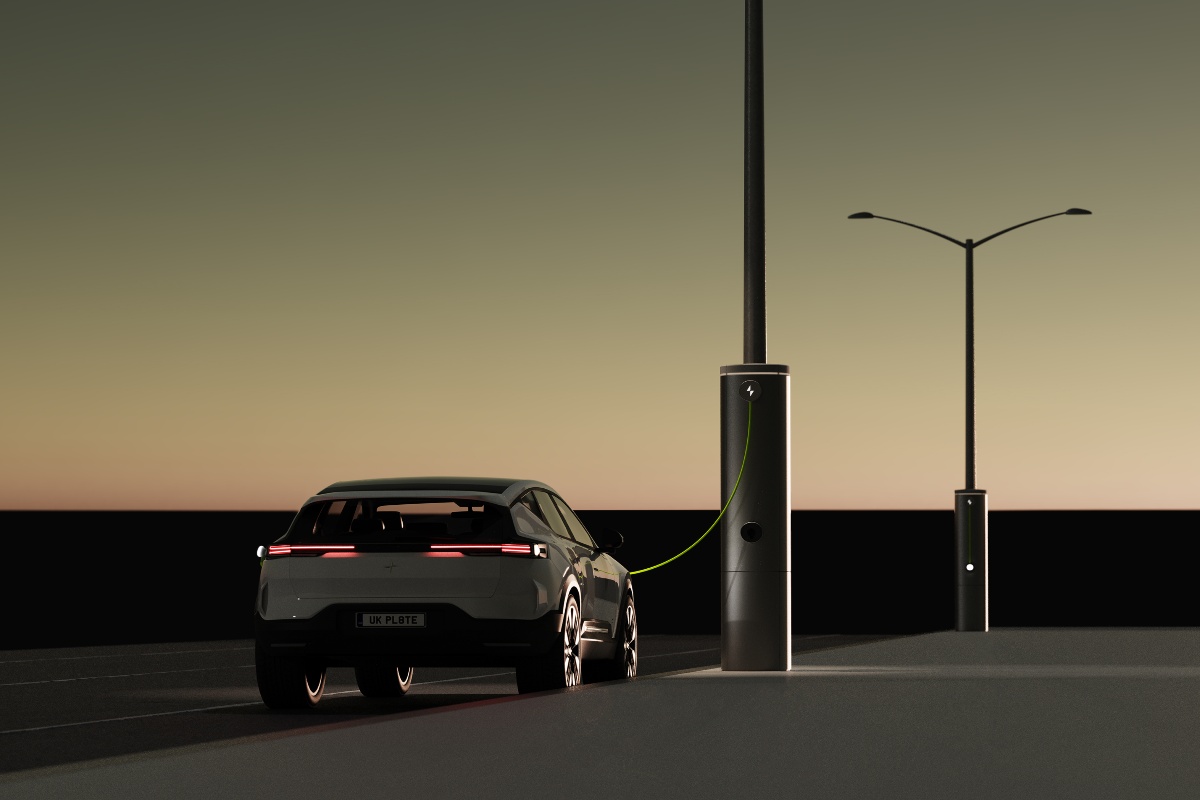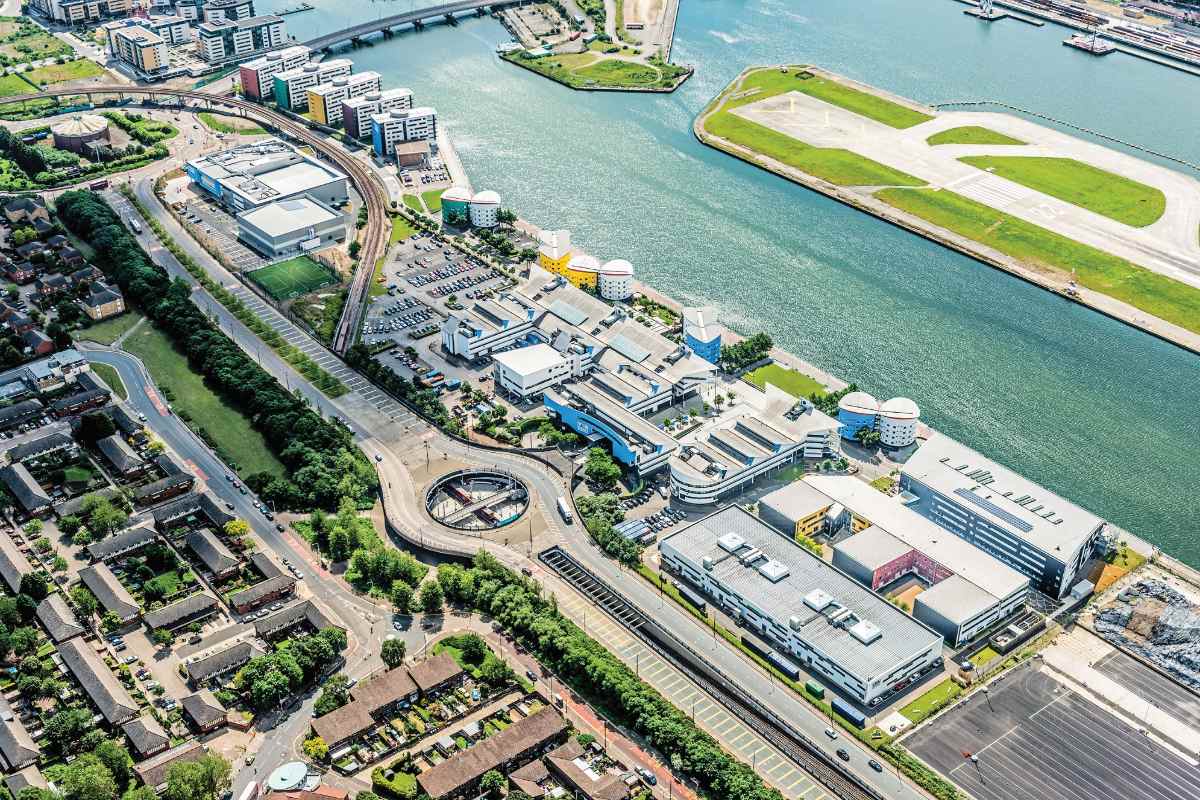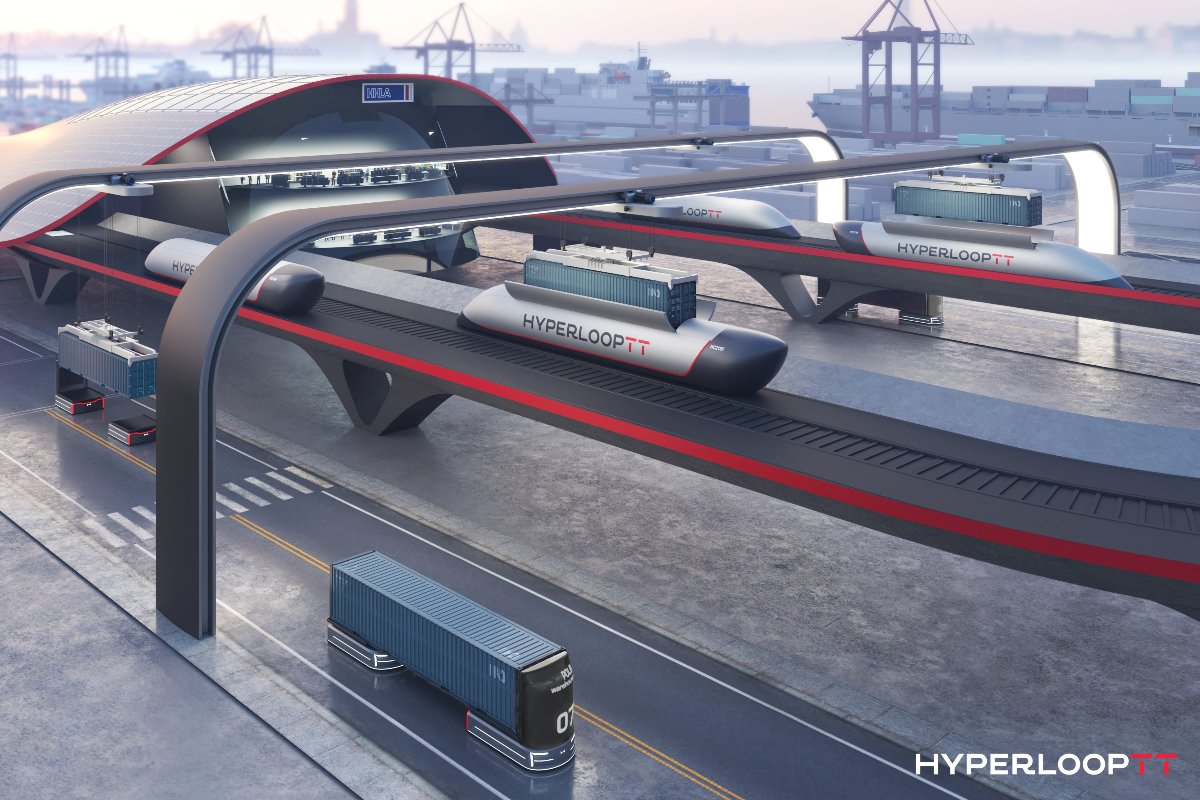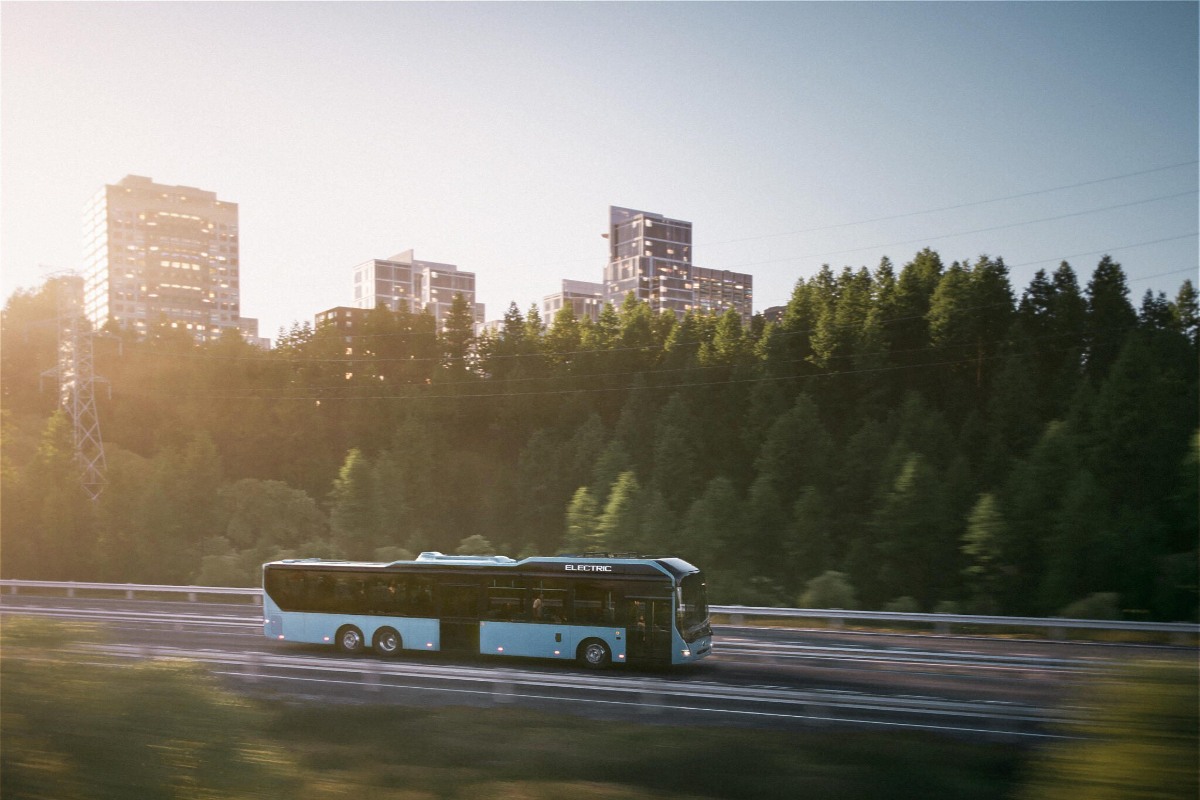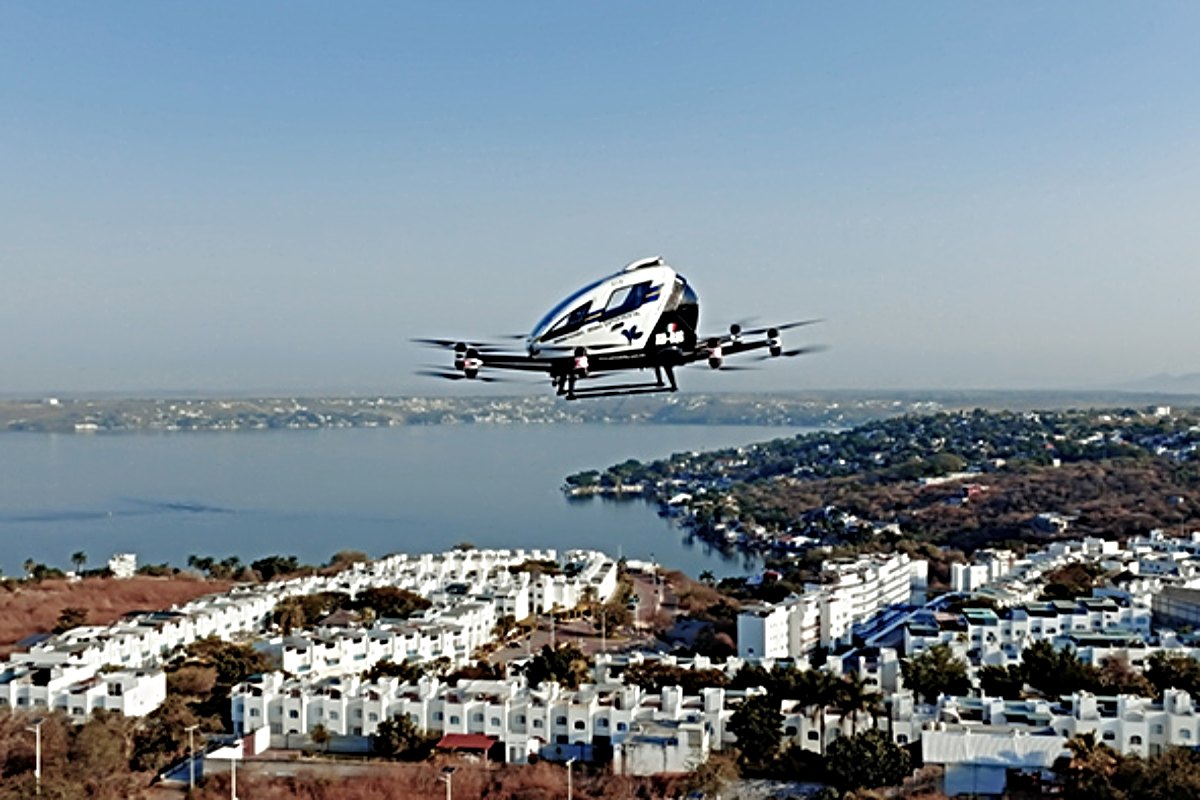Special Reports
SusHi Tech Tokyo 2024: experience ‘Tokyo 2050’ todaySponsored by The SusHi Tech Tokyo 2024 Showcase Program Executive Committee
No more pedalling the cycle lane myth: for a less congested London, we need fewer cars
Lime’s Alan Clarke explains how the UK capital can move away from private vehicles towards a lifestyle where city-dwellers can move seamlessly between different modes of public transport.
For centuries London has struggled to find ways to control its crowded streets. Attempts started in 1835 when the Highway Act was passed to prevent horse-drawn cabs and Hackney carriages cluttering the capital’s bridges and paths. But fast-forward nearly two hundred years, and you’ll find a city still grappling with the same problem, just with cars instead of carriages.
While cycling was only in its infancy then, today it has emerged as one of the most efficient ways of reducing traffic congestion. Its ability to ease pressure on other modes of public transport and encourage short, sustainable journeys is exactly why legislators at City Hall have been pushing the concept of a “cycling revolution” for over a decade now.
Yet despite this, some continue to wield the myth that cycling lanes are responsible for creating congestion, rather than reducing it. The most recent example of this is an analysis by traffic information supplier Inrix, which earlier this month named London as the world’s most congested city – placing the blame squarely on the installation of cycle lanes.
“If the demand goes up but the road space is being shared with other forms of transport, there’s less tarmac effectively for the cars to be on,” said Inrix operations director Peter Lees, discussing the “negative impact” of bike traffic.
Sadly this is far from the first time urban congestion has been blamed on increased cycle lanes in a misleading narrative that is highly reductive.
A myriad of factors at play
To claim that cycling lanes are responsible for this chaotic picture is to entirely misrepresent the issue. More tarmac isn’t the solution to congestion, and even if it were, the logic doesn’t add up. Clearly, for cities such as London that are plagued with congestion, a multitude of factors are at play, with cars being the common denominator.
For one, London is a fast-growing city: its population is predicted to jump by two million in the next 20 years, which quite simply means more people to transport. Alongside a growing population, we’re also living in an age where couriers deliver food, clothing and other services to our doors with the click of a button.
More tarmac isn’t the solution to congestion, and even if it were, the logic doesn’t add up
The number of deliveries is expected to double by 2030 – so it’s no surprise city streets with growing numbers of delivery vehicles are becoming more unmanageable by the day.
Against this complex backdrop, researchers from Imperial College London announced earlier this year they had found no evidence that London cycle lanes slow down traffic speed, concluding instead that “cycle superhighways can be an effective intervention in metropolitan cities like London, which are heavily affected by congestion”.
Smart solutions for a sustainable age
As we look to build a more sustainable and less congested future for the city we therefore need to reset the balance: and that means fewer cars and shorter journeys undertaken by bike or foot.
Removing cars from our roads is not only important in curbing traffic and getting people from A to B quicker – creating a better infrastructure for mobility and growth – but vitally, it’s also the only way we can meet ambitious climate goals. Cars and vans, whether powered by petrol or renewable electricity are simply an ineffective way of moving people across cities. They often carry just a single passenger, requiring lots of energy to run and fossil fuels to manufacture.
Walking, cycling, and scooting provide healthier, happier and more efficient ways to move in cities, and there’s already a transition underway. To date, Lime has seen 4.5 million trips on e-bikes in London and 600,000 e-scooter rides in Manchester and Milton Keynes, showing a rising trend in sustainable, shared mobility. Globally, we have saved more than 50 million car trips, which equals 17,000-plus tonnes of carbon emissions worldwide.
Acting together as policy-makers, business leaders and members of the public, we need to ensure that we allocate and use road space more effectively and sustainably
As London gets more crowded, continued investment in vital infrastructure like segregated cycle lanes and low traffic neighbourhoods and school streets, can encourage greater adoption of active and sustainable travel. Meanwhile, disincentives for driving, like clean air zones, reduced on-street parking and pedestrianisation, will also help deliver a meaningful modal shift. For example, just one week after the mayor’s extension of the Ulez zone in London, Lime recorded significant increases in new rider sign-ups and total trip numbers on bikes and scooters.
Myths aside, it is promising to see such widespread retaliation to the Inrix report, with prominent figures calling out its inaccuracies. It demonstrates that most people recognise that the only way to stem climate change – and create cities that are free of congestion and car emissions – is by adopting new, less harmful travel behaviours.
Acting together as policy-makers, business leaders and members of the public, we need to ensure that we allocate and use road space more effectively and sustainably. Contrary to what the Inrix report states, fewer cycle lanes will only encourage more car usage in London; and the uptick will have a devastating impact on the environment.
By following this strategy, London can move away from private vehicles and towards a lifestyle where city-dwellers can move seamlessly between different modes of public transport in an affordable, sustainable and safe way. This will carve out the foundations of a cleaner, less gridlocked city. A capital, in other words, that puts people over cars.







